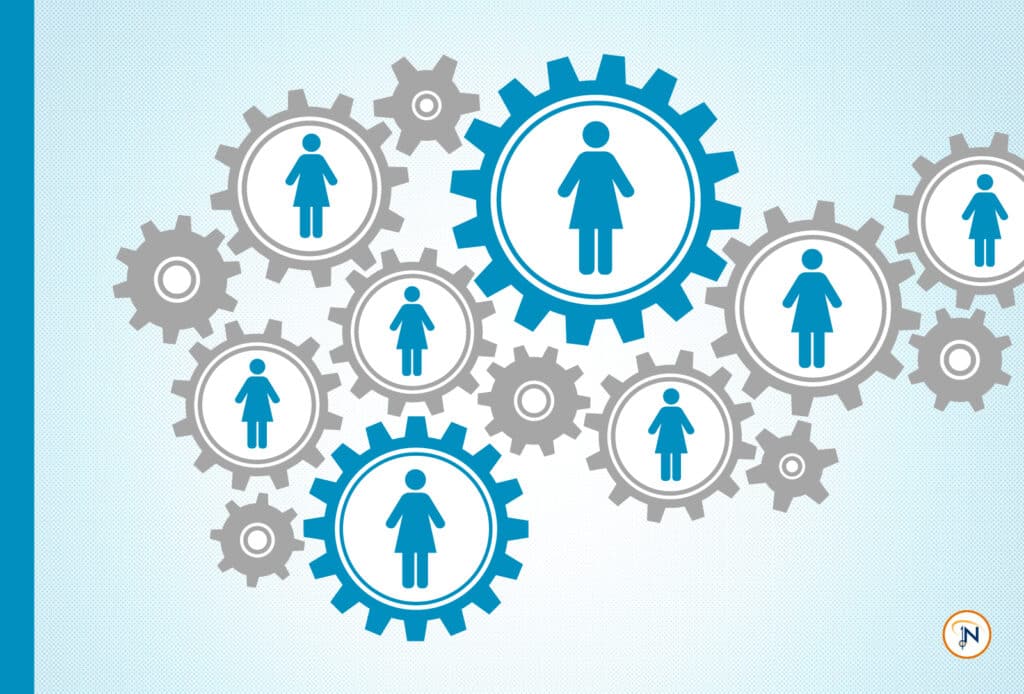Forward-thinking jails know that inmates have taken a variety of paths to get to where they are, and they have very different needs while incarcerated to support successful reintegration into society and reduce recidivism.
One of the key factors found to influence a person’s path is gender. Decades of research shows that women typically have different motivations for criminal behavior than men, and they respond differently to treatment.
NIC researchers developed a list of six guiding principles for gender-responsive incarceration, and the first and most critical piece is to acknowledge that gender makes a difference. This isn’t about treating gender as a binary or making sweeping generalizations about groups of people; it’s about using available data and evidence to make educated decisions about the most effective way to individualize treatment. We can’t ignore the importance of the lived experiences of those who are in our care.
According to Dr. Tim Brennan, expert criminologist and Northpointe co-founder, female prisoners are frequently undereducated and unskilled with low self-efficacy. They’re often mothers who are suffering from stress and anxiety around parenting issues and making sure their kids are clothed and fed. They’re disproportionately victims of sexual and physical abuse. Depression and other mental illnesses are common.
In Dr. Brennan’s research, four general pathways to crime emerged for women, each with sub-categories that provide additional insight:
- “Normal” women who are addicted to drugs
- Marginalized “socialized” offenders who are coming from poverty or anti-social drug cultures or both
- Serious, chronic, and violent women offenders
- Lifelong victimization
Understanding how women ended up behind bars is a critical first step toward ensuring female prisoners’ housing placement, programming, and opportunities while in jail are supportive of successful reintegration into the community.
Some jails are moving to a fully gender-responsive facility, and others are making adjustments wherever they can given their unique constraints and resources. Wherever you are in your journey toward gender-responsive jail management, we can help. Contact us today for more information about how to use your technology and assessments to make a difference for female wards.
National Institute of Corrections Gender-Responsive Guiding Principles
Principle 1: Gender. Acknowledge that gender makes a difference.
Principle 2: Environment. Create an environment based on safety, respect, and dignity.
Principle 3: Relationships. Develop policies, practices, and programs that are relational and promote healthy connections to children, family, significant others, and the community.
Principle 4: Services and supervision. Address substance abuse, trauma, and mental health issues through comprehensive, integrated, and culturally relevant services and appropriate supervision.
Principle 5: Socioeconomic status. Provide women with opportunities to improve their socioeconomic conditions.
Principle 6: Community. Establish a system of community supervision and reentry with comprehensive, collaborative services.






